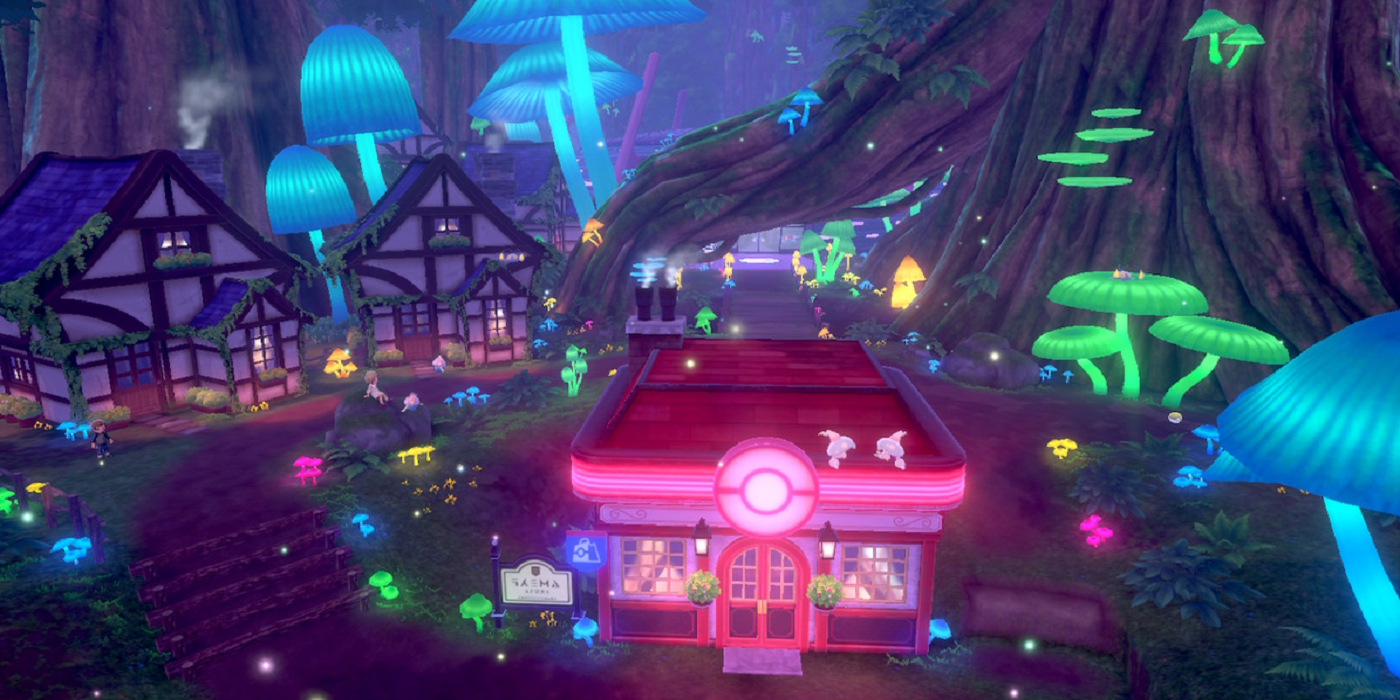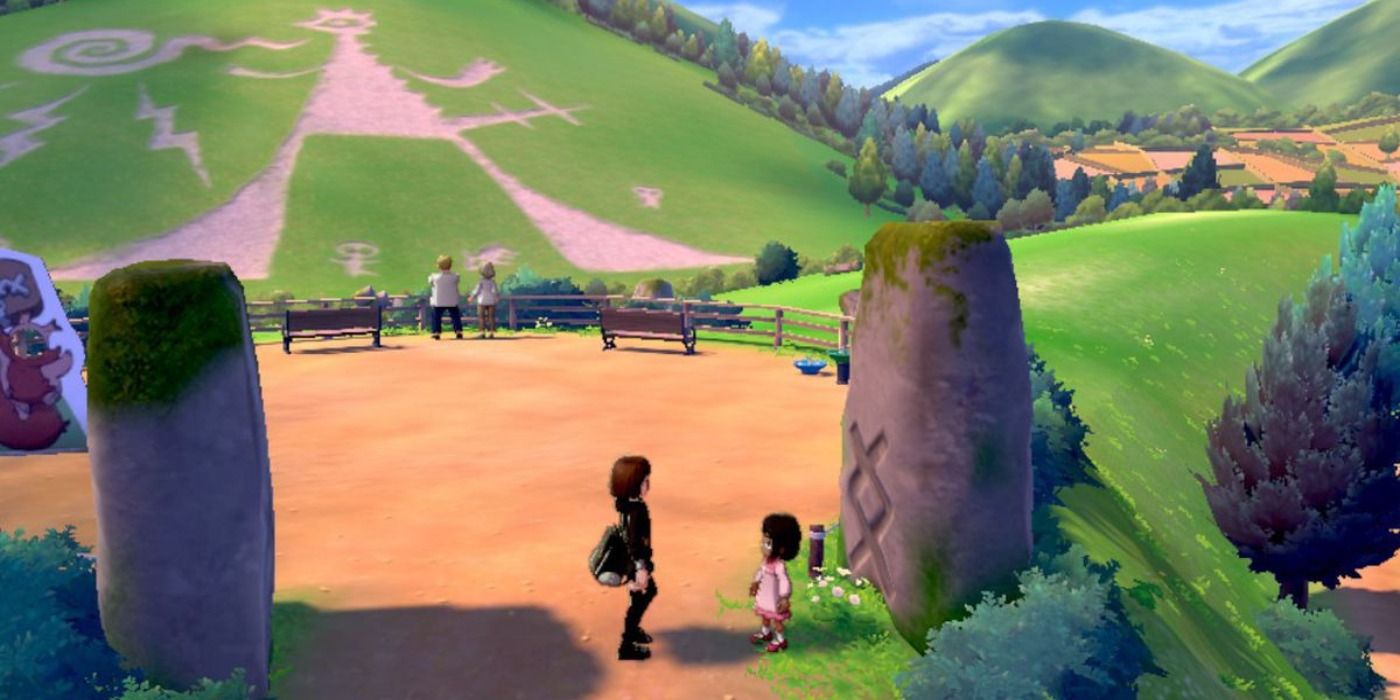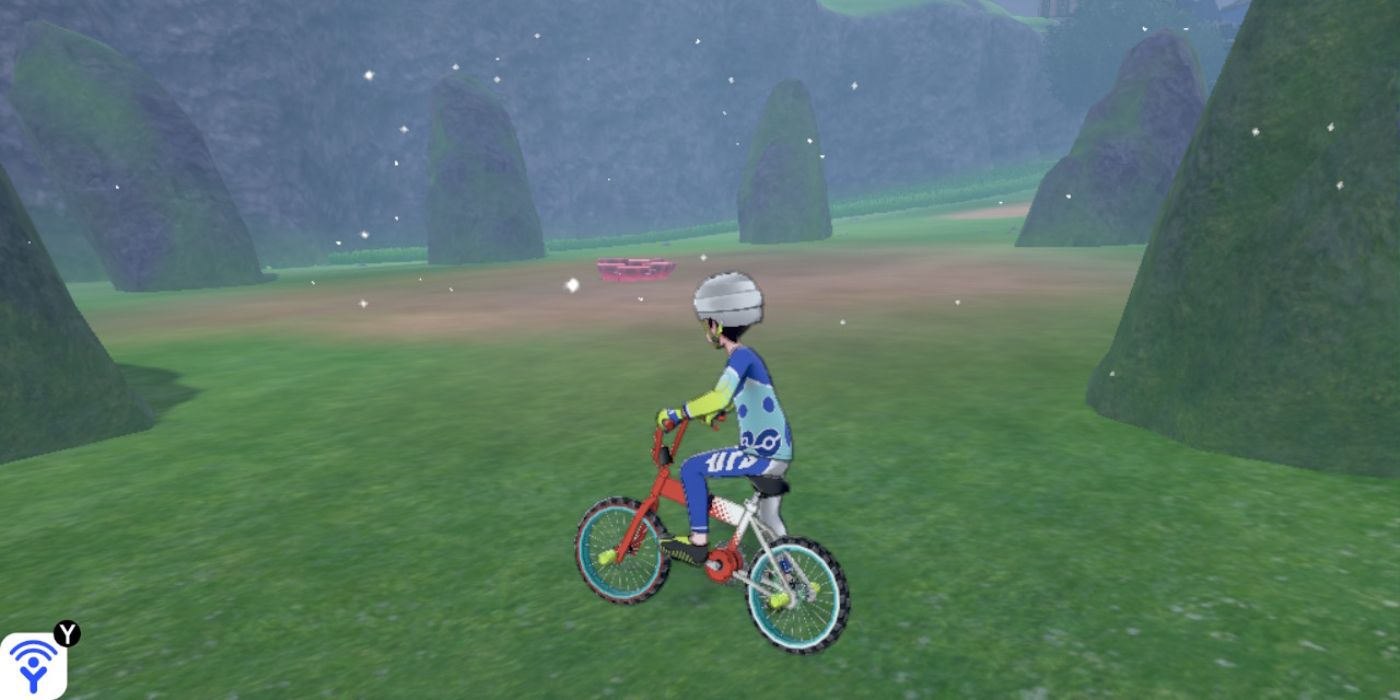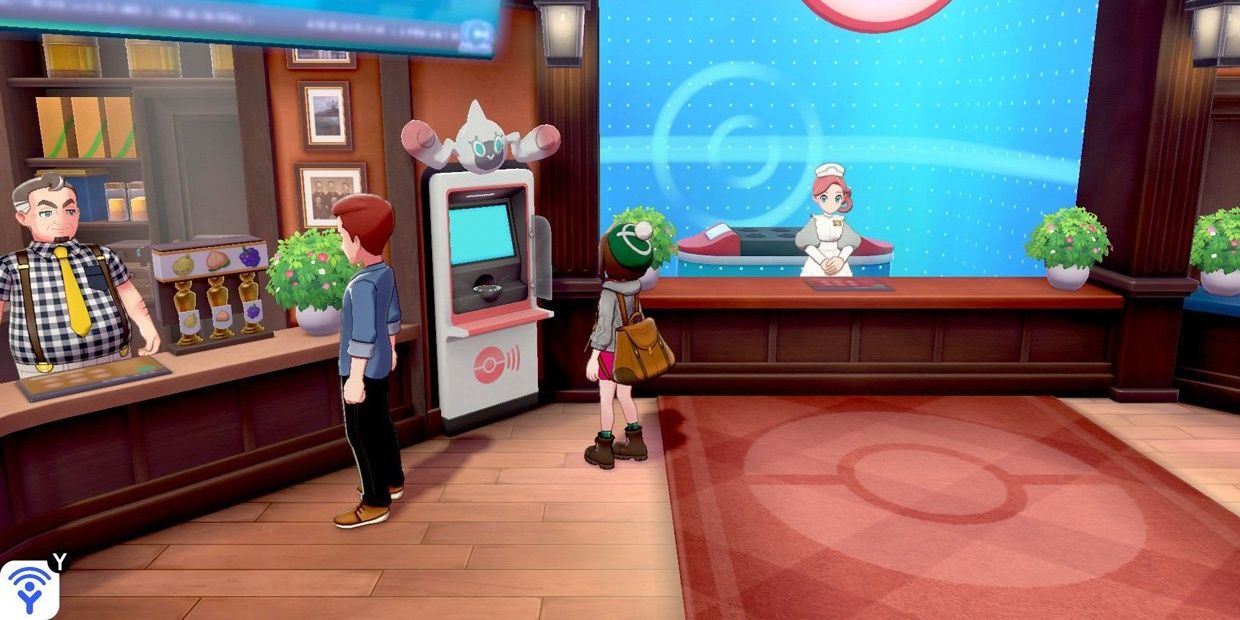The Galar region of Pokémon Sword and Shield has reimagined many of the mechanics that were staples of previous Pokémon generations. Biomes like grassy routes, open water, and complex caves all appear and function differently in the Galar region than they have previously. In some cases, these changes make exploration more immersive. However, many other changes have oversimplified gameplay and removed the challenges that were previously part of the fun of traveling through the region.
Pokémon Sword and Shield have created stunning visuals throughout the Galar region. Locations like Glimwood Tangle are illuminated by giant mushrooms of multiple colors and the Slumbering Weald is thick with fog and looming trees. These locations are examples of how far the Pokémon series has come since the pixelated graphics of Red, Blue, and Yellow. The changes in art style and updated graphics of Pokémon Sword and Shield allow it to stand out against previous games in the series, especially while exploring new features like the Wild Area and Sword and Shield DLC locations.
While the Pokémon series has changed and grown through each new generation of games, some mechanics no longer possess the charm they had in previous entries. Routes between towns were simplified and much of the exploration in towns is no longer needed or available. While some of these mechanics were replaced with new ways to explore the region, others would have made Sword and Shield gameplay more interesting. Below is a list of gameplay mechanics that Sword and Shield replaced or completely removed from the Galar region.
Pokémon Sword & Shield Removed Terrain Puzzles On Routes
Exploring routes between towns has been an important part of the trainer journey in every generation of the Pokémon games. In past titles, players would obtain Hidden Machines to teach Pokémon special moves that could be used outside of battle. These moves allowed players to smash rocks, cut down trees, and glide across bodies of water. In Sun and Moon, HMs were replaced with Poké Ride, a service that allows players to call on Pokémon who possess the needed moves to navigate puzzle terrain on routes. However, HMs and Poké Ride were both omitted from Pokémon Sword and Shield, and the absence greatly impacted exploration on routes.
Bodies of water are the only terrain obstacles that remain in Sword and Shield and these are limited primarily to Route 9, the Wild Area, and DLC maps. Instead of using a Pokémon to travel across the water, an upgrade to the Player's bike in Sword and Shield triggers automatically when the bike is in use and the player approaches the water's edge. The lack of an ocean route and special areas hidden behind small bodies of water is disappointing, as these areas created new challenges for players to solve. It has also made travel through Sword and Shield's routes boring and forgettable, with little incentive to return and continue exploring after beating the main game.
Pokémon Sword & Shield Introduced The Wild Area
One of the defining features of Pokémon Sword and Shield is the Wild Area. This expanse of space between Wedgehurst and Hammerlocke acts as an open-world adventure zone with different biomes and changing weather. The Wild Area also contained Pokémon Dens, which are used to engage in Max Raid Battles. In this area, most Pokémon species available in the Galar Pokédex spawn either in the overworld or as random encounters in the grass. The spawns in each section of the Wild Area are determined by active weather conditions, and wild encounter levels are determined by how far the player has progressed in the main storyline.
The Wild Area also introduced a new mechanic that allows items to respawn, including evolution stones and treasure items like Nuggets and Pearls. In previous games, these items were not renewable, and in the case of Pokémon evolution items, would need to be purchased from special shops in the region for a high price. While this makes raising and evolving Pokémon much easier and allows players to keep a steady supply of Poké Dollars on hand, it also has removed a large portion of the difficulty from the game. In previous generations, the limited resources required players to carefully weigh their choices. Sword and Shield have basically removed those considerations.
Pokémon Sword & Shield Allows PC Access From The Party Menu
One of the best changes in Sword and Shield is likely one of the easiest to overlook. Unlike previous Pokémon games, players have access to their PC storage at any time and from any location. Previously, the only time players could swap out Pokémon in their party was by using a PC with storage access. In Sword and Shield, the PC storage is available through the player's party menu. This allows players to continuously swap out their Pokémon partners, and run multiple type strategies while traveling throughout the Galar region.
While the ability to swap Pokémon at any time can ensure a player has the type advantage in any situation, this is another feature that greatly lowers the difficulty level of the Sword and Shield games. Previously, players would have to spend time carefully raising the Pokémon they selected to be a part of their party, and those Pokémon were who they had to rely on when heading out to tackle a route. Now, players can simply drag and drop until they have the strongest options, or switch out Pokémon from their party with low HP for a fully-healed option instead. While the lower difficulty levels aren't bad, and the swap is entirely optional, it takes some of the high-stakes of difficult exploration out of the game.
Changing out old mechanics for fresh, new ideas has helped Pokémon Sword and Shield pave the road for the future of upcoming Pokémon games. The success of the Wild Area's open exploration may have been a driving force in the development of the upcoming open-world Pokémon game Pokémon Legends: Arceus and the 3D art style may have helped encourage the more realistic designs in recent games like New Pokémon Snap. While it might be nice to see some of the past Pokémon mechanics return at a later time, Pokémon Sword and Shield's deviation from the series' formula has shown what new mechanics can do for the games and helped to display weak points that could be addressed in the future installments of the series.




